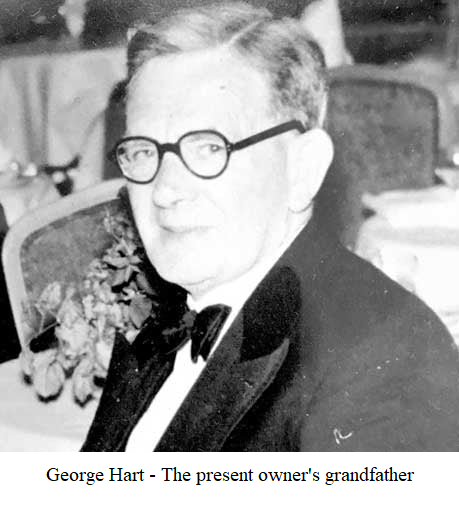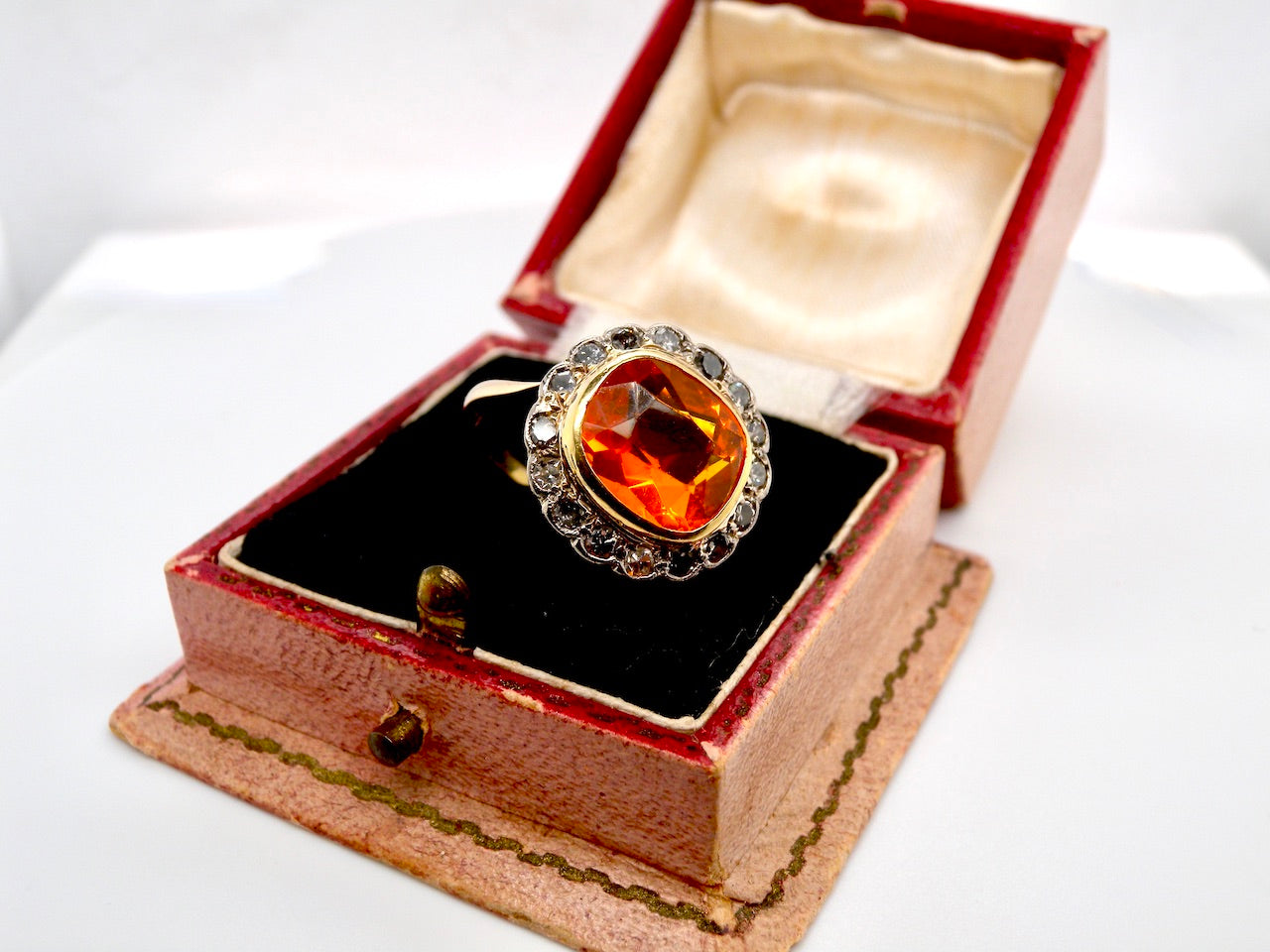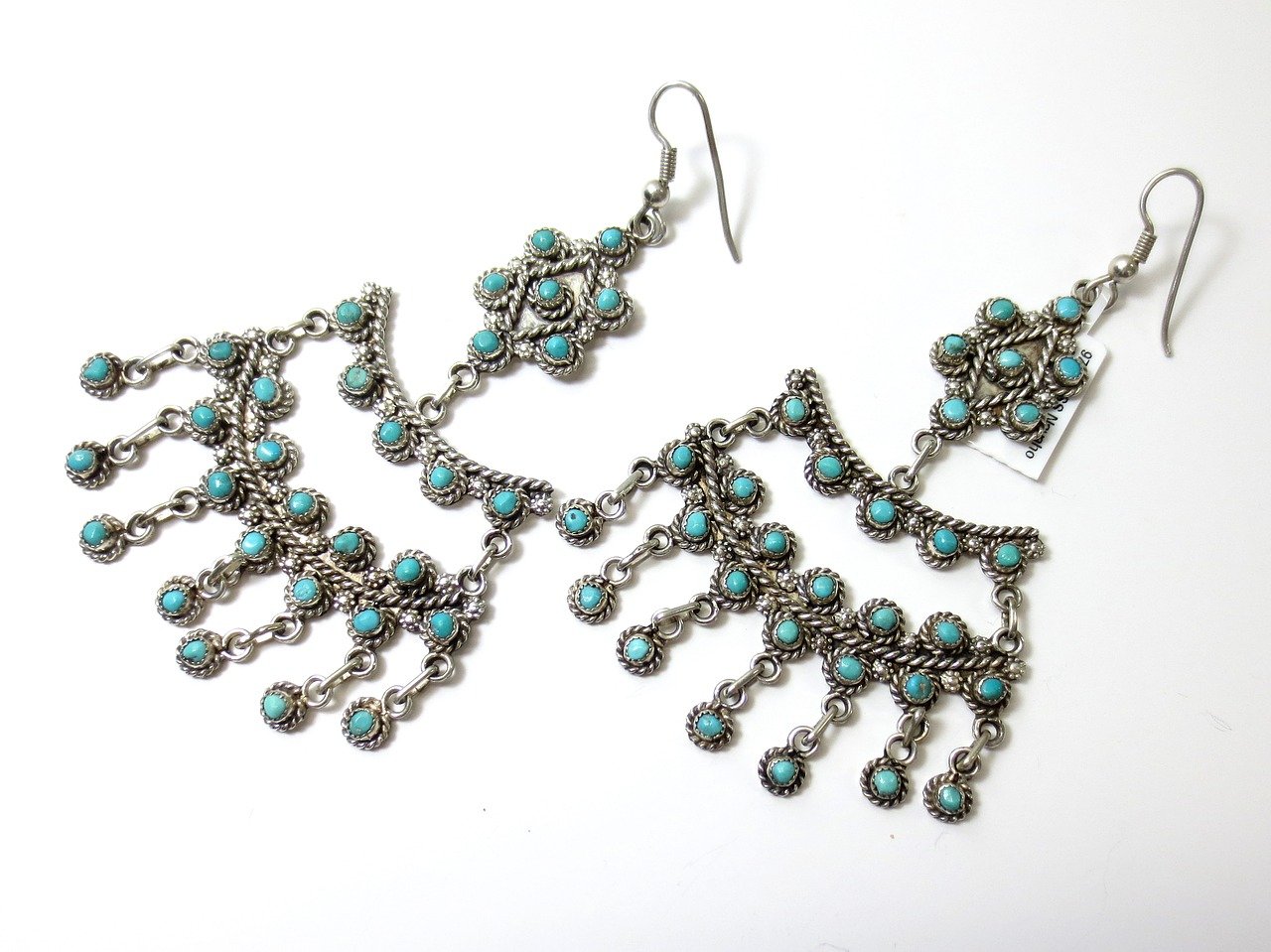Turquoise is a symbol of success and good fortune, is considered by many as being a love charm, is believed to relax the mind, and protect the wearer from danger. Wearing turquoise jewellery, especially rings, is thought to keep evil spirits at bay.

The Unique Colour of Turquoise
While many other gemstones are translucent, the colour of the turquoise birthstone is opaque, and varies from greenish blue or sky blue, to a greenish grey or pale green colour. The bluer stones contain more copper and are considered to be more valuable than the other shades. The value of turquoise can decrease when it contains patterns of mineral lines (matrix), formed by surrounding stone.
History of Turquoise
The word “turquoise” is believed to be derived from “Turkish stone,” and has been mined since around 4000 BC. People were attracted to its intense colour and used it in the preparation of cosmetics and jewellery such as necklaces and amulets. Although turquoise is readily available, it is hardly ever found in its natural, pure form.
How is Turquoise Formed?
The gemstone is quite soft and porous, and frequently found in extremely dry regions where volcanic activities have taken place. When water moves through this porous rock, minerals like aluminium, iron, and copper are dissolved, build up over a long period of time, and form deposits of turquoise in cracks and apertures.
The colour of the stone depends entirely on the amount of copper and iron present in these deposits. Turquoise is a fragile, light stone, that is often treated in order to make it stronger.
The Spiritual And Healing Properties Of Turquoise
Spiritual – the December birthstone, believed by many to be a protective stone, has been used since ancient times for the manufacture of amulets. This small item of jewellery is thought to protect the wearer against danger, disease, and evil. It is also said to get rid of negative energies and offer protection against environmental pollutants.
Turquoise is also said to increase awareness, promote self-realisation, and allow the soul to express itself to the fullest. The December birthstone relaxes the nerves when speaking in public and also helps in promoting inventive problem solving.
Healing – turquoise enhances both the psychic and physical immune systems, improves viral infections, assists the body in the integration of nutrients, and the restoration of tissue. It is thought to be excellent in alleviating panic attacks, depression, exhaustion, and in fact, healing the entire body.

What Are The Different Types Of Turquoise?
As with many other gemstones there is an enormous range of turquoise because of the location in which it was formed, and the host rocks and minerals in this location. As mentioned earlier, turquoise is most times treated in some way, to help overcome the porousness and softness of the stone. The different types of turquoise include:
- Natural – this turquoise is extremely rare. It has no colour additives, no stabilising epoxies, or any other type of chemical treatments to change the hardness, lustre, or colour of the stone. Natural turquoise is incredibly difficult to find on the market, because only about 3 to 10% of the mined stone is hard enough to be made into jewellery. The amount of turquoise that is suitable in fact, is absolutely stunning, and mined, cut, polished, and simply used to make exclusive pieces of jewellery or sculptures.
- Stabilised – this type of turquoise is somewhat rare, and involves the stone being infused with clear epoxy resin. Under pressure, the resin is absorbed into the stone, which deepens the colour and hardens the stone permanently.
- Colour enhanced and stabilised – this is the same as the soft, stabilised stone, except that the epoxy resin used in this turquoise has been coloured. These colours tend to look artificial, so the prices for this type of turquoise should be significantly lower than what is charged for the stabilised or natural stones.
- Reconstituted – turquoise is becoming scarcer these days, because of the mines being depleted and closed. This means that the stones being mined these days are of a lower quality, which necessitates the appearance being enhanced or reconstituted. Also referred to as “chalk” turquoise, this extremely low grade stone is ground into a powder, mixed with epoxy resin, coloured, and compressed into cakes or blocks. These cakes and blocks are then cut into shapes and used to make jewellery and sold at inexpensive prices.
- Imitation – this is an extremely porous stone, or epoxy resin (plastic), that has been dyed to resemble turquoise.
In Conclusion
Since natural turquoise is so difficult to come by these days, about 97% of the stone sold on the market is stabilised. It is extremely rare to find 100% natural and untreated turquoise beads or cabochons to buy for the manufacture of jewellery.
Most December birthstones these days, has been stabilised somehow, to make it stronger and more suitable for cutting into cabochons and beads. In addition to this, most turquoise nowadays contains some form of colour enhancement. You can view our range of Vintage Turquoise jewellery here



